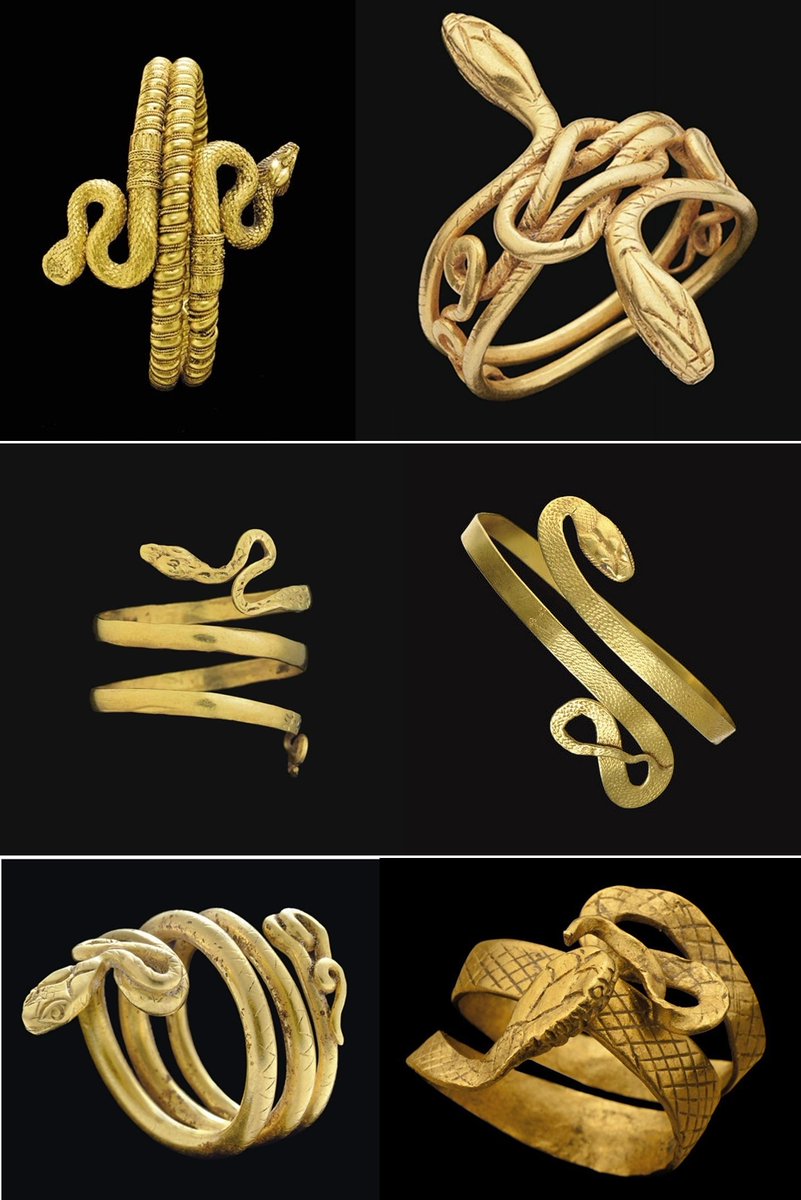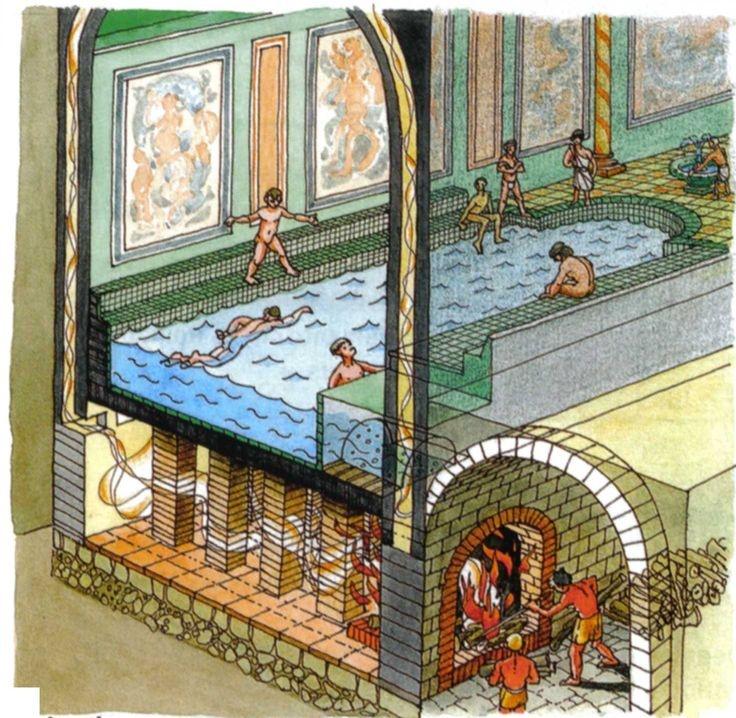401
402
403
405
408
409
413
414
417
419
421
423
424
Our Wish for the End, art by @TheClayshaper, Digital Collage, 2020.
425



























